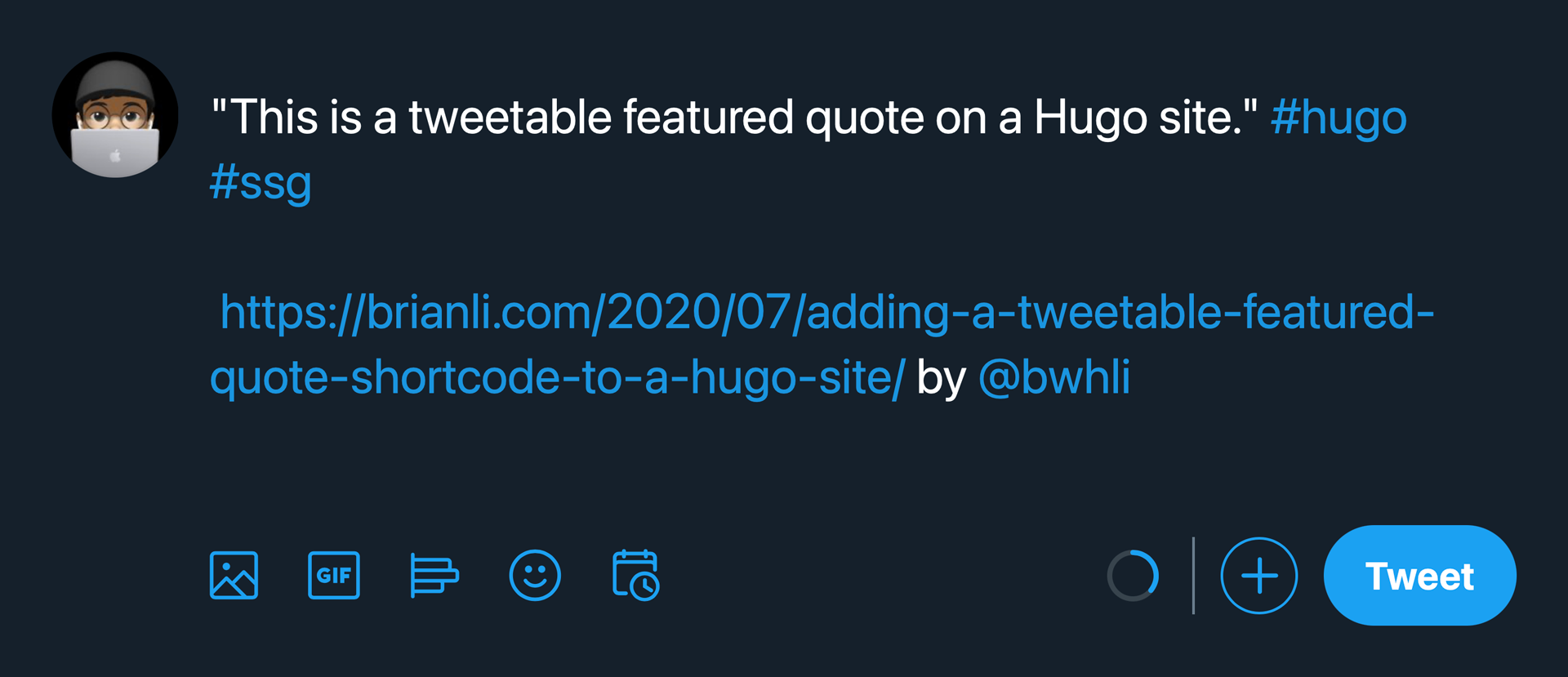I saw this post in a Twitter thread this morning. Upon my first readthrough, I honestly thought it was a parody, but I soon realized it wasn’t after checking out some of the comments on the post.
The premise of the post revolves around testing Apple Music and Tidal, two music streaming services, on a $30,000 stereo system powered by McIntosh equipment – yum.
The three of us were unanimous: Apple Music was the clear winner. It sounded the cleanest, the least compressed, really crisp. Spacious. Vocals that were mixed well were front and center, floating into the space above our heads as if the singer was in the room. The midrange never got lost in the mix. Bass was deep and wide but not muddled. In short, everything sounded like it was intended to sound, as it was engineered.
Apple Music streams are encoded in AAC format – a lossy format that strips out data in a destructive manner. TIDAL uses FLAC, a lossless format. By definition, Apple Music can’t be the “least compressed” when compared with TIDAL.
For some songs, we couldn’t hear a difference between Apple and Tidal. For others, Apple sounded better than Tidal, less compressed. Tidal claims it’s lossless but in other places cites a 1,411 Kbps FLAC compression rate. In any case, it certainly isn’t CD or vinyl quality.
Lossless compression simply means the compressed data can be decoded back into the original source. The “compression rate” isn’t really relevant when discussing Flac compression from a quality perspective. The CD audio standard specifies a 16-bit stereo stream with a 44.1kHz sample rate, which comes out to 1,411 kbps – that means, bitrate-wise, TIDAL is literally CD quality.
Besides being 60% cheaper, Apple has a larger music library. We couldn’t find about 10% of the playlist on Tidal.
I agree with this. TIDAL still doesn’t have a large collection to this day.
I’m not a recording engineer by any means. But my theory about why there was such a noticeable difference is this: Apple’s audio compression codec is better. Somehow AAC beats Tidal’s “lossless” FLAC encoding. How else can you explain it? Maybe there’s a crucial difference in specific app implementation? Or maybe Apple is favoring its own service on its platform?
Objectively speaking, Apple Music’s AAC codec is not better. That would be impossible since TIDAL uses a lossless codec. With that said, I can think of a few reasons why Apple Music may sound subjectively better than TIDAL.
- Apple works with record labels to make “Apple Digital Masters”. The idea here is to master a song with the shortcomings of the AAC format in mind. If the test songs were Apple Digital Masters, that could explain why the author thought they sounded better.
- Apple apps and products may have some sort of special data prioritization. A modern example of this is the W2 chip in AirPods, which communicates with Apple devices using a specific protocol for better sound quality.
- The author could simply be an Apple fanboy.
I probably should have mentioned that we were streaming from an iPhone 6, an iPad Pro, and an iPad Mini to an old Airport Express connected to the preamp with an optical cable.
Yikes, this disclaimer should’ve been at the top of the post because it effectively undermines the entire test. When performing tests like these, it’s important to have “controls” – parameters that you have absolute control over.
- There was no reason to use multiple devices. Stick with one device to remove device variance from the equation.
- The setup above isn’t actually a test between Apple Music and TIDAL – that’s the secondary test. The primary test here is actually the steaming quality of the Airport Express. If the devices aren’t streaming to the Airport Express in full-resolution, then you’re not listening to lossless audio from TIDAL. This test should’ve been performed without any wireless streaming.
Posts like this one really make me cringe because they are extremely misleading. Tech writers should understand the level of influence they may have on normal consumers. Publishing an audio comparison without understanding the basics of digital audio is simply unacceptable.
Now, can someone buy me a $30,000 stereo system to do a proper test? 😃
